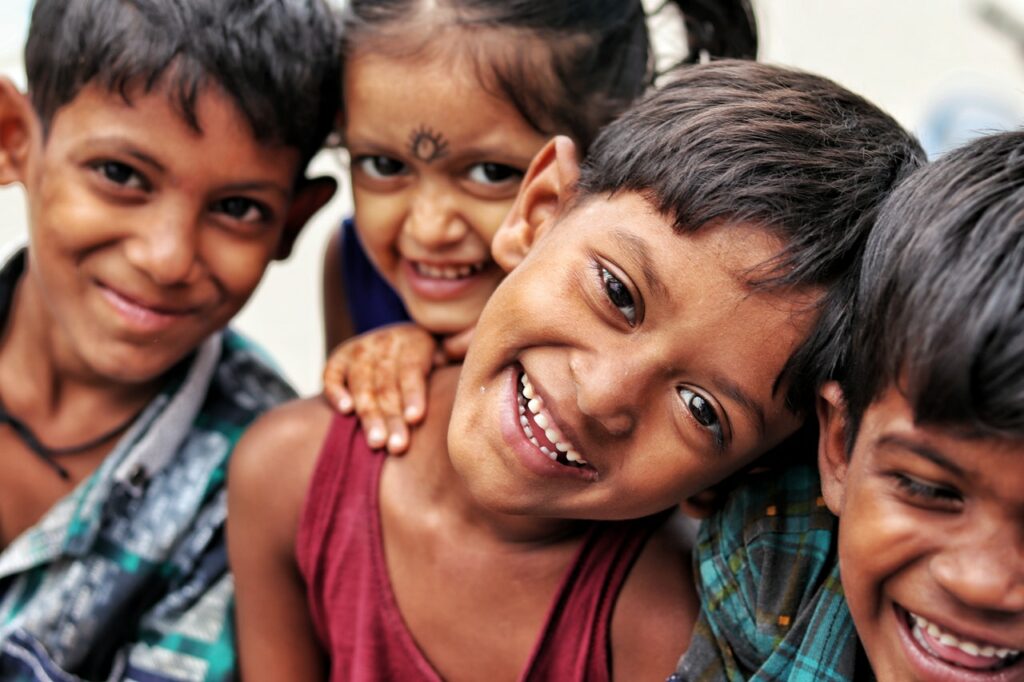The Hindu family in Bengal that I was born into represented a gentle, tolerant faith. Admittedly because of the aftermath of the partition in which Bengal too was affected, there was some unease towards Muslims, particularly among those who had to leave behind their roots and memories in what is now Bangladesh but not much. Most people did not blame Muslims as much as they did the politicians of the time. Christians were well regarded, partly due to the legacy of William Carey whose influence on the Bengali society was monumental. The converts were few but the ones who did convert were all educated thought leaders and not who could be called rice Christians.
In the old days of my childhood, I remember migrant workers from the Hindi heartland working in Delhi greeting us and each other with the gentle and heartfelt “Ram Ram’. A lesser-known greeting in Delhi but still common enough was “Jai Siya Ram”. Undoubtedly both the phrases of greeting had religious origins but when used as a greeting, the overtones were warm and fraternal. Jai Siya Ram is perceived to be a gentler salutation, where Ram is inseparable from Sita and is seen as a benevolent king who belongs to everybody. It has historically been used as a common everyday greeting, such as ‘Ram Ram’ and Jai Ram Ji ki. The traditional greetings have deep roots and have not disappeared; the security guard outside my housing society still uses Ram Ram. in villages across north India, devout Hindus have traditionally used “Ram Ram“, “Jai Siya Ram” (goddess Siya or Sita is Ram’s consort) or “Jai Ram Ji Ki” as a greeting.
In the neighbourhood though, I hear from time to time, people knocking going door to door, and saying “Ram-Ram chhodo, Jai Shri Ram bolo”, The difference is more than semantics — the Ram being asked to be invoked is not the welfare minded and beneficent god-king that Mahatma Gandhi invoked in his vision of Ram Rajya but a warrior god out to seek revenge and wreak vengeance.
The imagery of Ram has slowly changed over time — as has the image of the Hindu to an extent. When you meet a neighbour today, it is hard to guess whether he or she espouses the benevolent or the malevolent form of the religion, now that Ram is now depicted as belligerent and revengeful, ready with bow and arrow, as much as a reigning king with his wife Sita by his side. As a rule, if one is identified by one’s slogans, Jai Shri Ram invokes a sense of aggression, but Jai Siya Ram invokes peace and goodwill. As I recall, before 1984, Jai Shri Ram was not a slogan much in use. Since then, this has become synonymous with the movement to build a temple at Ayodhya and the aggression of people associated with it. Millions of people were fooled into believing that Lord Ram was sulking like a child because a temple was not built for him where the Babri Masjid stood. Hindutva has sadly insulted and caricatured Ram more than any other external enemy of Hinduism
Most of my liberal-minded Hindu family feel a sense of unease that these attacks and killings are being carried out in the name of a god revered by them and by millions of others. They probably are still the vast majority, but shriller voices are drowning them out even if they are fewer.
Wearing the mask of Ram bhakti, vested interests are misusing and exploiting Hindu religious sentiments. If this trend is allowed to continue it is doubtful if, a few years from now, Hinduism would be recognisable from the relatively benign religion of my childhood. Of course, when I describe Hinduism as once benign, I do not even once say that it was some utopian faith. Long-standing social ills, like casteism and untouchability in covert and overt and forms, including atrocities, were and are still there.
There are more than a billion Hindus in India, and it is not my case that they are all radicalised, dangerous fanatics. The fundamentalists among the Hindus are still a minority but their numbers seem to be growing or at least the shrillness of their message. It definitely looks that it is they who hold the key to determining the course India will take in the foreseeable future.
This radicalisation of Hindu society is evident at two levels. First, in general conversation, among families, and in private discourse. Second – and this reflects the official acceptability of the shift – in the pronouncements of those who run India: politicians, police officers, judges, and other administrators and in the tacit acceptance of hate-fueled speech and action. A vocal number of Hindus are willing to believe that a golden era that reflects their glorious, ancient tradition is at hand, that redemption is at hand after centuries of oppression, and hence the ascendancy of Sanskrit or heavily Sanskritised Hindi from the Hindu past when Hindu India was a possibly contested Vishva Guru.
Certainly, there are big sections of India including Hindus themselves that have pushed back. Possibly that is why beleaguered Muslims and Christians have found their voice. That is why teachers and students – of all religions – defy violent Hindu thugs and indoctrinated police forces who disgrace their uniform, the law of the land, and the Constitution they have sworn to uphold.
Time will tell whether the momentum of the resistance will be strong enough to overcome the armies of hate that, like armies of locusts, sweep away anything that comes in their way.
Meanwhile, one can only be optimistic.
I am trying to be.

